You set up the organization due to the tragic loss of your son Farès in 2018 - in his memory what purpose/direction does the France Sepsis Association have?
I created the France Sepsis Association in November 2018 right after the death of my son Farès, who died after a ‘septic shock’ caused by appendicitis.
I did not know the term ‘sepsis’ or ‘septic shock’ then. As I embarked on research, I discovered that sepsis – according to the WHO resolution in May 2017 – is a global health priority. It is an emergency and causes about 11 million deaths per year worldwide, thereof at least 30,000 in France, which is huge! Moreover, I understood that this pathology is little known to the general public and to some health professionals, except from intensivists, emergency room attendants, etc. Therefore, I saw the need and had great motivation to bring the France Sepsis Association to life. The primary objective should be to raise awareness and educate the general public, and health professionals, in particular general practitioners, caregivers, pharmacists, firefighters, referral nurses at the hospital, and more.
The priority is to diagnose sepsis quickly to ensure the optimal treatment because every minute counts. The earlier sepsis is recognized, the more likely one is to survive. It is absolutely urgent to educate and sensitize the general public and health professionals so they can be involved in the care journey.
This education will also involve the training of patients, families of patients, and healthcare professionals.
The France Sepsis Association is for patients and relatives affected by sepsis. It has the role of accompaniment and support in the follow-up of the care of patients with sepsis, it carries their voices in different instances to improve and ensure their comfort, and the quality and safety of care.
When did the France Sepsis Association come to be?
Officially, the France Sepsis Association was established on April 7th, 2020, during the first stages of the lockdown here in France.
Who else is involved in the France Sepsis Association?
Many people are becoming involved. Currently, most are relatives of sepsis patients and family members of those who died of sepsis, as well as resuscitation and healthcare professionals.
Have you connected with other survivors or families affected by sepsis in the process? What organizations and groups have you connected with?
Yes, absolutely, we are in contact with the families of survivors. The organizations with which we are in contact with are the Ministry of Health, the Regional Health Agency, the High Authority of Health, local authorities, hospitals, the council of the Medical Association, and of course the European Sepsis Alliance Working Group Patient and Family Support.
From your own experience, what do you feel are the current issues causing preventable deaths in France, Europe, and worldwide?
Based on my analysis, I think there are several factors:
The underestimation of sepsis and its fatal impact has made it impossible to attract more attention from the public authorities, as a result they are not equipped with the necessary means to stop preventable deaths.
The lack of knowledge of how to recognize the symptoms of sepsis combined with the lack of training necessarily lead to late treatment. The lack of safety and quality in care can also cause nosocomial infections.
The priority is to focus on general medicine and chronic disease specialties (for people at risk) and to implement all appropriate means in the patient’s care journey to enable the rapid diagnosis of sepsis and to ensure its timely treatment.
What do you think needs to happen to stop preventable deaths from sepsis particularly in France and Europe? What role will the France Sepsis Association play?
Sepsis must be recognized as an imminent emergency as well as cardiovascular diseases. We must act quickly! In the medical jargon, a sepsis patient without treatment in the ‘golden hour’ dies.
For this, it is necessary to inform and educate the general public and health professionals about sepsis through awareness campaigns, media coverage, advertising spots, social media, conferences, carrying out actions for all audiences – children, adolescents, adults, and elderly people.
The collaboration of all health actors, health system institutions, associations, and organizations is a key to success in effectively fighting sepsis and thus preventing deaths. It should be noted that the awareness of public authorities remains an unavoidable lever.
The France Sepsis Association will work in synergy with French, European, and other health bodies and organizations to develop information and communication on sepsis to recognize signs and severity to reduce mortality.
How can the wider network of actors leading the fight against sepsis support the France Sepsis Association in its development?
Thanks to the popularity of the Global Sepsis Alliance and the European Sepsis Alliance’s network, I’m able to learn from the knowledge and experience of other countries. The different actions carried out in all parts of the world should encourage countries like France to develop education and awareness programs on sepsis to reduce mortality. Joint actions such as World Sepsis Day in the four corners of the globe are an opportunity to fight together and have the potential to achieve a high level of awareness in the world. Moreover, a pooling and close collaboration with such a global organization with a common objective is an asset to fight with force this scourge throughout the planet.
I’m convinced that together we can raise the attention on the importance and urgency of sepsis and on its impact on the world, by addressing public authorities and the public opinion via all possible means.
Lastly, I would like to thank the GSA and the ESA for supporting me in creating the France Sepsis Association. Their work and moving sepsis stories were a source of inspiration.



































